ISO stands for International Standard Organisation. It is an organisation to set international standards for various measurement of products, qualities and services. In photography world, ISO means the sensitivity of light in a film or digital camera sensor to produce an exposure of a photograph. Therefore, it is one of the pillars of exposure triangle (Aperture, Shutter Speed and ISO).

Look back of ISO
The ISO term came from the sensitivity of film to the light. It is denoted as film speed. In film pack it is clearly written about the speed of the film like ISO 200/ASA or /DIN.
Britanica says ASA (American Standard Association) scale is an arbitrary rating of film speed, that is sensitivity of the film to light. If everything kept constant, the required exposure time is inversely proportional to the ASA ranking.
DIN (Deutsches Institut für Normung) uses a logarithmic scale, an increase of 3 DIN degree. For example, a film speed may be written on the film pack, like 100/210. It means ASA = 100 and DIN = 210. ASA increases like 100, 200, 400 etc. DIN increases like 210, 240, 270 and so on.
Films are coated with silver halide. These are light sensitive. A fast film (400/270) requires less bright light to record an image in the film, whereas a slow film (100/210) needs more light to activate the electrons of photon in the film coating. Hence, fast speed film is used for indoor photography and slow speed film for outdoor.
Note: I use straight window light and top-level fluorescent light. Camera specification: 50mm prime lens, aperture: f/1.8, shutter speed: 1/125s.
Digital ISO
The mechanism of digital photo sensitivity is different from film. The definition of ISO in film came the same for digital ISO. It means the sensitivity of light sensor instead of film. The digital sensor is built with millions of photosites. It helps to capture light. The light collected by the photosites provides a representation of the image illusion.
A camera sensor is typically made up of millions of hollows called photosites. After converting analog signal values to digital values, it turns into pixel. A 20.1-megapixel sensor has 20 million plus photosites, arranged in a 36.0 x 24.0 sensor size.
My experience says that more ISO activate more photosites in digital sensor, whereas low ISO uses less photosites. In low light area, we need more light for a perfect exposure of a composition. Hence, we need to activate more photosites than the bright lit area like outdoor photography.
In low light area the place of the composition which is almost dark. Photosites enables to add light into the same area. The light turns into signal and the discrepancy areas of signal adds noise or grain. It is known as SNR (Signal to Noise Ratio).
Signal to Noise Ratio (SNR)
It relates the signal strength to the noise that occurs in the sensor of the camera. The signal strength is the amount of power P. Ideally, the signal strength should be more than the noise. It is measured in decibels (dB). Formula is as follows
SNRdB = 10log10 (P signal / P noise)
ISO numbers
At present, ISO number means the exposure impact in a photograph. It increases double to record a brighter picture. For example, ISO 100, ISO 200, ISO 400 and so on. The high-end camera starts with ISO 50 and end up with Hi3 which is equivalent to ISO 16,38,400. But I think, it is only a marketing strategy to which is useless.
The numbers in ISO set as double as the previous one. For example, ISO 400, ISO 800, ISO 1600, ISO 3200, ISO 6400 and so on. Double ISO indicates double light sensitivity photosites are activated in the image sensor.
At present, the high-end cameras split the by default ISO numbers to get the perfect exposure by the photographers. For example, ISO 100, 125, 160, 200, 250, 320, 400, 500, 640, 800, 1000, 1250, 1600, 2000, 2500, 3200, 4000, 5000, 6400 and so on.
Note: I use straight window light only. Camera specification: 50mm prime lens, aperture: f/1.8, shutter speed: 1/125s.
Auto ISO
It was introduced several years back in digital camera. This mechanism increases or decrease the ISO based on the other two pillars of exposure (Aperture and Shutter Speed).
I suggest for the beginners, set ISO auto mode and stick to shutter priority or aperture priority mode. It will give you a statistic for a particular environment. Experience it, analyze it, then set your camera in manual mode for aperture shutter speed and ISO. As I told before in my shutter speed article that when you switch to normal mode.
Relationship between ISO and shutter speed
The ISO for film or digital sensor increment is double. Therefore, ISO 800 is 800 times more sensitive than ISO 100.
If a photograph has been taken within 1 second (shutter speed), where ISO is 100 then
- ISO 200 would take 1/2s
- ISO 400 would take 1/4s
- ISO 800 would take 1/8s
- ISO 1600 would take 1/16s
- ISO 3200 would take 1/32s
Various situations and ISO
- A) If your composition is in a well-lit position, set the ISO as minimum as you can. For example, ISO 50 or 100.
- B) If composition is under low light and subject is still or merely moving, use ISO as low as you can to reduce the grain in the image with a long shutter speed. Tripod or support is a must.
- C) If your composition is in low light condition and subject moves erratically then increase the shutter speed and ISO to freeze the subject with a good exposure. It is true that it will gain an amount of noise in your image.
- D) If you want to shoot landscape with high DOF and tripod is absent, then raise the ISO. Grain or noise is clearly visible.
- E) If you shoot star trails or landscape at night, raise the ISO to freeze the starts with reasonable shutter speed.
- F) If you shoot wildlife early in the morning or evening, raise ISO.
My suggestion
Do not panic. You have postproduction software. It will help you to reduce the noise and appreciate by maximum viewers. Some photographers says that they do not use postproduction software. Either they allege false statement or else they deny the digital darkroom facility. At present, it is mandatory to use postproduction software for your images. If you use RAW format, without using software it is simply impossible to convert it in jpeg file. Your camera has histogram tool. Check the exposure correction from it.
Conclusion
The triangle of exposure (Aperture, Shutter Speed, ISO) articles are available in Clickstory. Read those carefully and understand by giving time. Then practice, practice and practice to gain your experience about the light conditions, subject movements, lines, shapes, geometrical pattern, rule of third. All the very best and advance welcome in the pro world of photography.



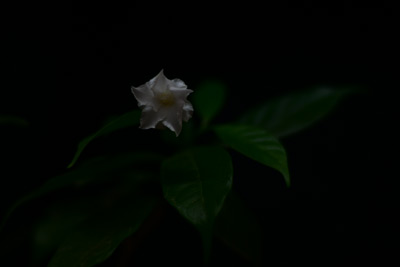





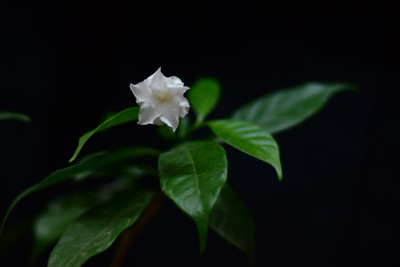


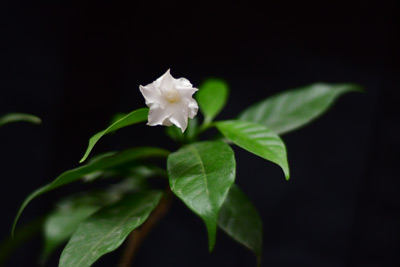



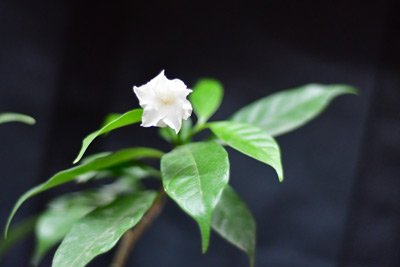


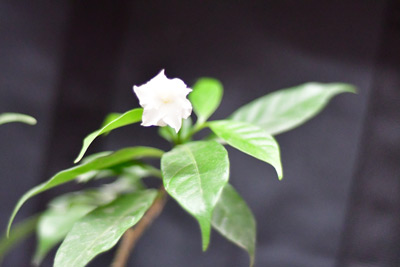








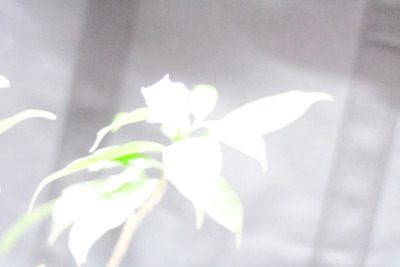

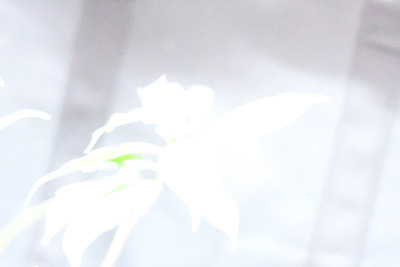





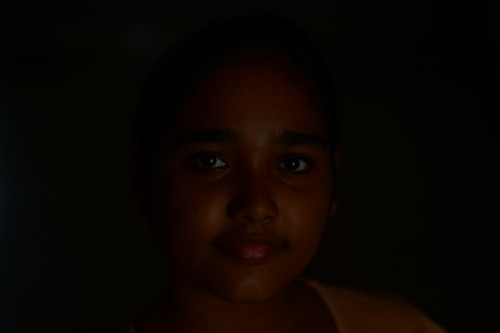




















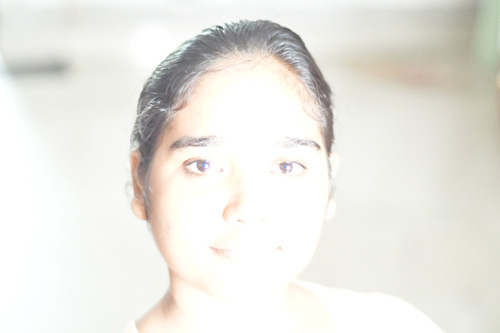









pictures give me a brief idea
The images are life saver. thank you
lovely